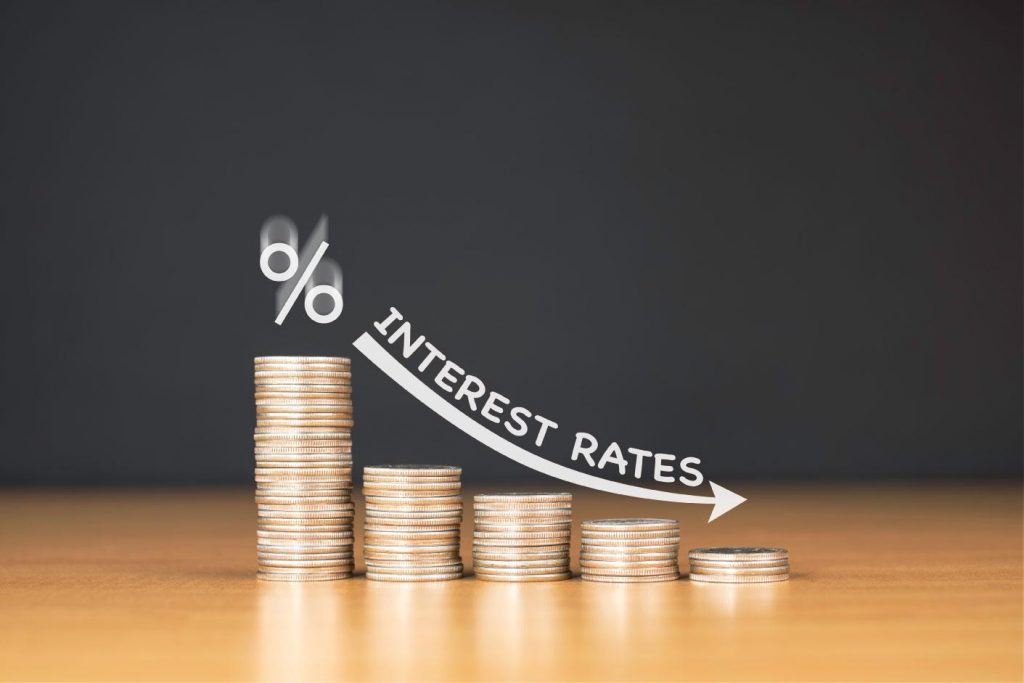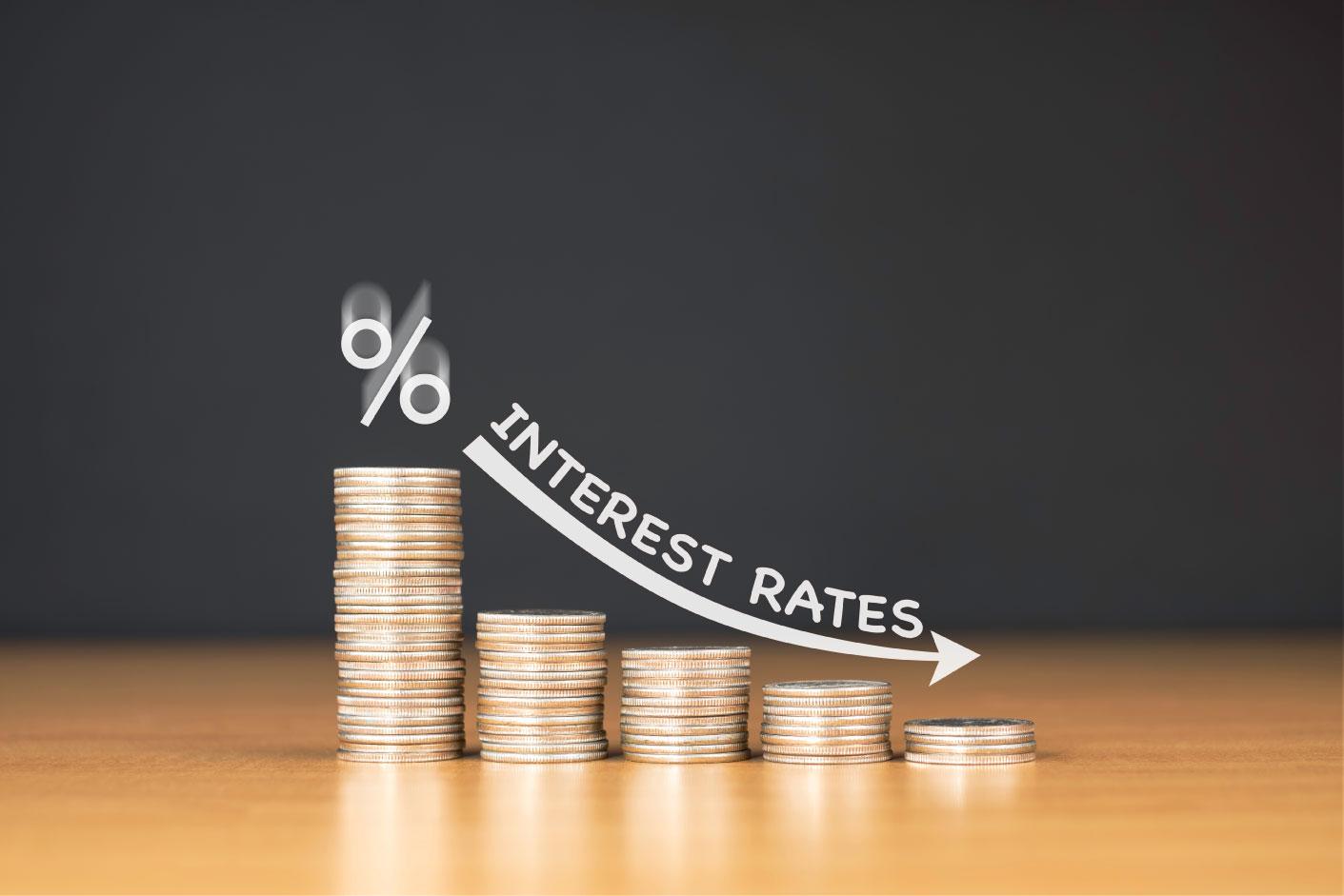
The spread of Covid-19 to more than 150 countries claiming more than 7000 lives has created a panic like situation across the globe. With the shutdown of the global factory, China, and other travel restrictions in place, it is feared that the global economy might slip to a recession.
In this background, the Federal Reserve, in an emergency mode has cut the interest rate by 50 bps and 100 bps in two successive rate cuts. The other major Central Banks also followed suit. After the latest cut by the Fed, the rate is near zero percent. And, as anticipated, Fed also announced $700 billion worth of Quantitative Easing programme to inject more liquidity into the market.
In this background, there would be tremendous pressure on the RBI to cut interest rates. With the Central Bank following an inflation targeting regime, Monetary Policy Committee (MPC) can take a decision on the rate cut only by considering the inflation rate in the economy. There is a general consensus that the RBI should go for a rate cut and join the league with other Central Banks. On 16th March 2020, RBI announced Long Term Repo Operations (LTRO) worth Rs 1 lakh crore as a means to inject liquidity into the market. The MPC meeting that was preponed to March 24th-27th decided to cut the repo rate by 75 bps to 4.40 percent.
However, the question that comes at this juncture is whether a rate cut makes sense, considering the current situation in the global economy.
Let’s take the Indian scenario. The turnout of these events occurred at the wrong time for the Indian economy which is grappling with low GDP growth rate. The low growth can be attributed to domestic factors viz consumption slowdown, liquidity crisis and investment slowdown. Both the Central Bank and Government came with various measures to address the slowdown. However, the impact of these measures has been limited, and the economy is still struggling with the slowdown. For instance, RBI has cut the interest rates by 135 bps in 2019, and yet the monetary stimulus was found to be ineffective. Credit growth in the economy for the current fiscal year slowed down to 7.1 percent (as of January 2020) from 14.5 percent a year ago. RBI has even resorted to ‘Operation Twist’ with an aim to lower the cost of borrowing. Similarly, in its February meeting, as there was no room for rate cuts, RBI announced various supportive measures to improve lending. As a whole, the successes of all these measures were limited.
Before the advent of Covid-19, the major task before the government and Central bank was to improve consumer and investor sentiments to push up the growth rate. In the current scenario, both the entities are faced with more obstacles. For instance, monetary stimulus through rate cuts or other instruments will have no effect in restoring the economic activity for the time being. The shutdown of schools, colleges, businesses, restrictions on travel and trade, social distancing and closure of borders signifies that the economic activities are taking a back seat.
In such a scenario, availibilty of low-cost credit will not encourage people to take up travel or engage in economic activities. Presently, as the main focus is to contain the outbreak of Covid-19 and return to the path of normalcy, monetary stimulus measures will only have limited response from the public/economy. For instance, even when the Fed has cut the interest rate to a near zero percent, it failed to cheer the market as the fears of the epidemic overshadowed it.
Compared to other Central Banks, RBI has more space in cutting interest rate with the repo rate at 5.15 percent. However, in the present situation RBI should make the best decisionbecause when needed the Central Bank should not be short of instruments to stimulate the economy. For instance, by cutting the interest to near zero percent, Fed has exhausted interest rate mechanism when its effectiveness is limited on the economy. Even though RBI is not in a position to cut the rates to the extent other Central Banks of developed countries did, it should act cautiously. The global economy has not completely returned to the normal path of monetary policy, from the negative interest rates and Quantitative Easing programmes that were unleashed during the Global Financial crisis. The present scenario adds more pressure on the Central bank, but they should act considering the effectiveness of these policies.











To kick start the economy and fire on all cylinders, along with rate cut we want cessation of all Cesses, reduction of customs and excise duties by 50%, bring all goods and services under a single rate GST of 5 or 10%.
The states need to do away with fair price of land and bring down the registration fees and stamp duty to 1% with incentives for purchasing adjacent properties. Not to mention that the Kerala Land reforms act should be repealed.
The road tax should be collected yearly instead of 15 years as now.
The money for all this should come from reduced Government expenses by cutting the salaries and pensions by 50% across the board plus withdrawal of subsidies. All public sector companies should be disinvested.